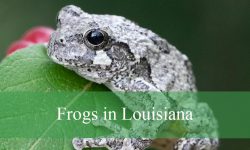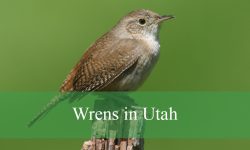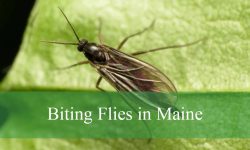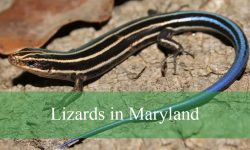Yellow ladybugs are a fascinating group of beetles known for their vibrant colors and unique patterns. Unlike the common red ladybugs, yellow ladybugs come in various shades ranging from pale yellow to deep golden hues, often featuring black spots or markings. These insects can be found in different habitats worldwide, playing essential roles in ecosystems by feeding on mildew, fungi, or small insects.
In this guide, we will explore 12 yellow ladybug species with pictures and identification tips to help you recognize them in the wild or your garden. Whether you’re curious about their diet, habitat, or distinct characteristics, this list will provide valuable insights into the diverse world of yellow ladybugs.
Different Types of Yellow Ladybugs
Squash Lady Beetle
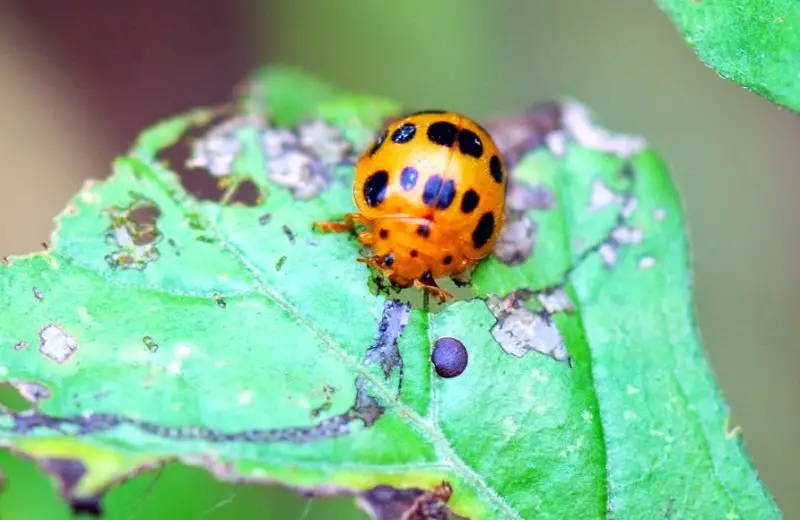
The Squash Lady Beetle (Epilachna borealis) is a yellow ladybug species that differs from most ladybugs because it feeds on plants rather than insects. Unlike beneficial aphid-eating ladybugs, this species is considered a pest in agriculture.
As its name suggests, the Squash Lady Beetle primarily feeds on plants from the squash family, including squash, cucumbers, and zucchini. It mainly damages leaves and flowers, rather than the fruit itself, but this can still stunt plant growth and reduce crop yields.
Farmers and gardeners often remove these beetles by hand to prevent plant damage. Additionally, they inspect the undersides of leaves, as this is where the Squash Lady Beetle lays its eggs.
While its bright yellow body with black spots makes it visually striking, its plant-eating habits make it an unwanted guest in vegetable gardens. Controlling its population is essential to protect squash crops and ensure healthy plant growth.
Fungus-eating Ladybird
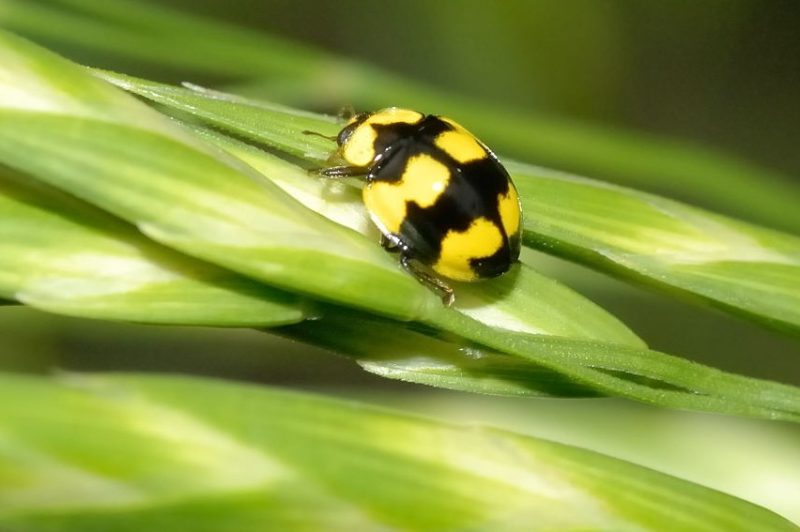
The Fungus-eating Ladybird (Illeis galbula) is a yellow ladybug species known for its diet of fungal growth found on plant leaves. However, it does not consume all types of fungi. This species specifically feeds on the fungus that affects cucurbits, such as squash, zucchini, and cucumbers.
While the fungus it eats is harmful to plants, the Fungus-eating Ladybird itself can also be problematic. In large numbers, it may cause additional stress to plants by feeding on their leaves.
This species is identified by its bright yellow body with black markings. Unlike other ladybugs with distinct spots, the black markings on this species are often joined together, covering a significant portion of its body. This unique pattern makes it easy to distinguish from other yellow ladybugs.
Yellow Ladybird Beetle
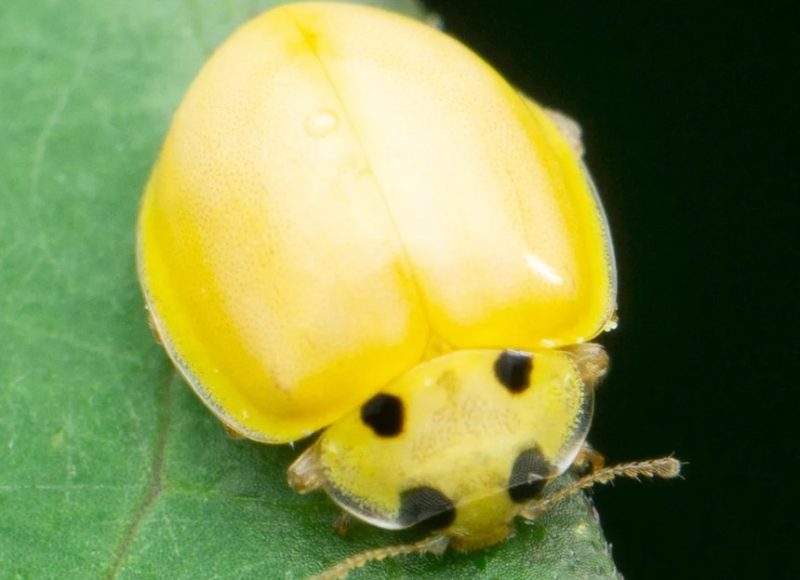
The Yellow Ladybird Beetle (Illeis koebelei) is a partially yellow and partially white ladybug species with a few black spots on its pronotum. Unlike many other ladybugs, adult Yellow Ladybird Beetles have almost spotless bodies, making them stand out among spotted ladybird species. However, their larvae do have spots across their bodies.
These ladybugs primarily feed on mildew, a type of fungus that grows on plant surfaces. This feeding behavior helps reduce fungal infections on plants, making them beneficial to gardens and crops.
Yellow Ladybird Beetles are commonly found in moist environments where mildew is prevalent. Their presence is often an indicator of fungal growth, and they play an important role in maintaining plant health by naturally controlling mildew infestations.
Neda norrisi
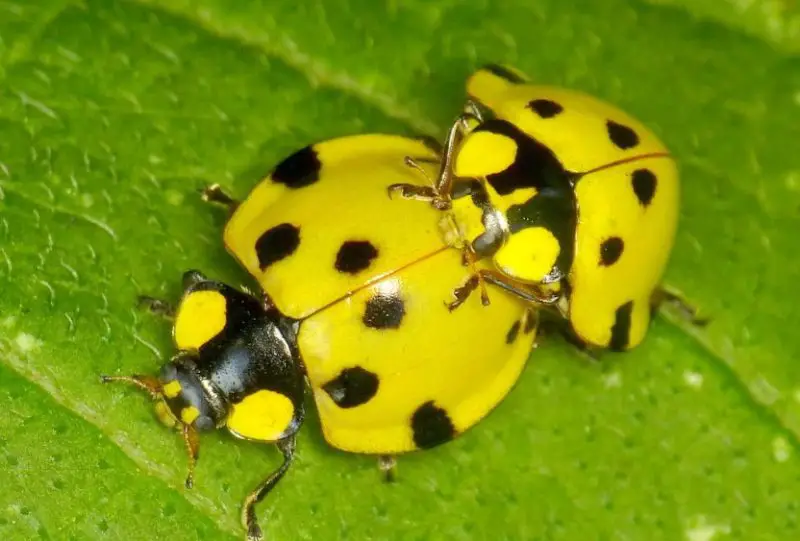
Neda norrisi is a species of yellow ladybugs native to Northern South America. It has a striking appearance, with a body that is partially yellow and partially black.
One of its most distinctive features is its yellow eggs, which are always found on the underside of leaves. These eggs are laid in areas where adult Neda norrisi ladybugs feed on mildew.
Like other mildew-eating ladybugs, this species plays a role in controlling fungal growth on plants. However, due to its limited distribution, it is less commonly seen compared to other yellow ladybird species.
Fourteen-spotted Lady Beetle
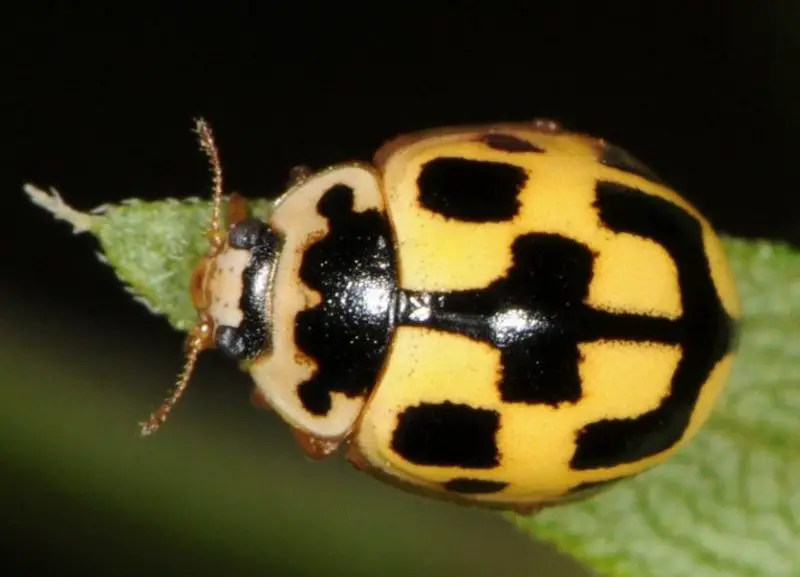
The Fourteen-spotted Lady Beetle (Propylea quatuordecimpunctata) is a unique species of ladybug recognized for its distinctive yellow body with fourteen black spots. Unlike many other ladybugs, its spots are rectangular and often fused together, making them appear as irregular black markings rather than separate dots.
This species is not native to North America. It was intentionally introduced to the United States to help control aphid populations, particularly the Russian wheat aphid, which is a major pest in agriculture. Since it preys on aphids, it is considered a beneficial insect for farmers and gardeners.
However, the Fourteen-spotted Lady Beetle is also known to feed on other small insects, including the eggs of other ladybugs. This raises concerns about its potential impact on native ladybug species. Despite this, it remains an important part of biological pest control programs, helping to keep harmful aphid populations in check.
22-Spot Ladybug
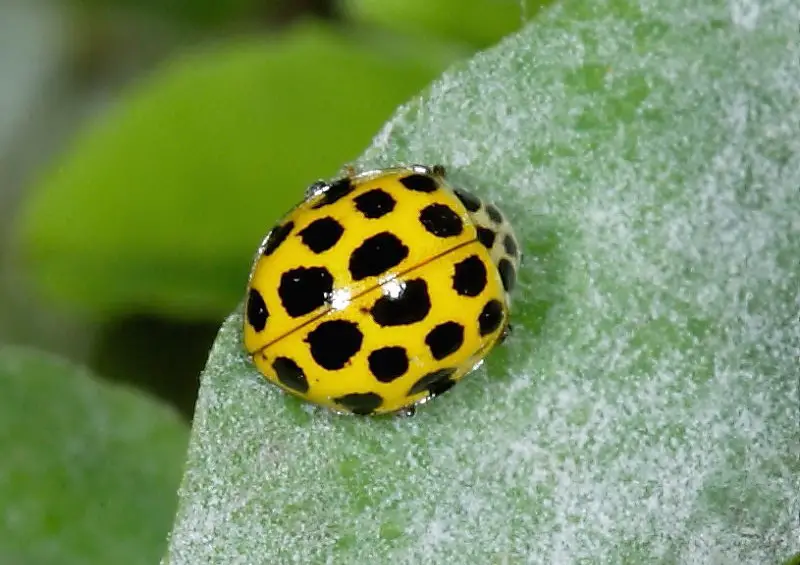
The 22-Spot Ladybug (Psyllobora vigintiduopunctata) is one of the few yellow ladybugs that do not feed on aphids. Instead, this species primarily consumes mildew, a type of fungus that grows on plants.
It is easily identified by its bright yellow body with 22 distinct black spots evenly distributed across its elytra (wing covers) and pronotum (the area behind the head). Unlike some other spotted ladybugs, the black dots on this species are clearly separated.
Native to Europe, the 22-Spot Ladybug is now found in various parts of the United States, where it thrives in moist environments with dense vegetation. This ladybug is often seen on plants covered in mildew, as it feeds on the fungal growth.
While it does not play a role in controlling aphids like other ladybugs, it is still beneficial for plant health because it helps reduce mildew infestations. Its presence in gardens and natural habitats is a sign of a balanced ecosystem.
Illeis confuse
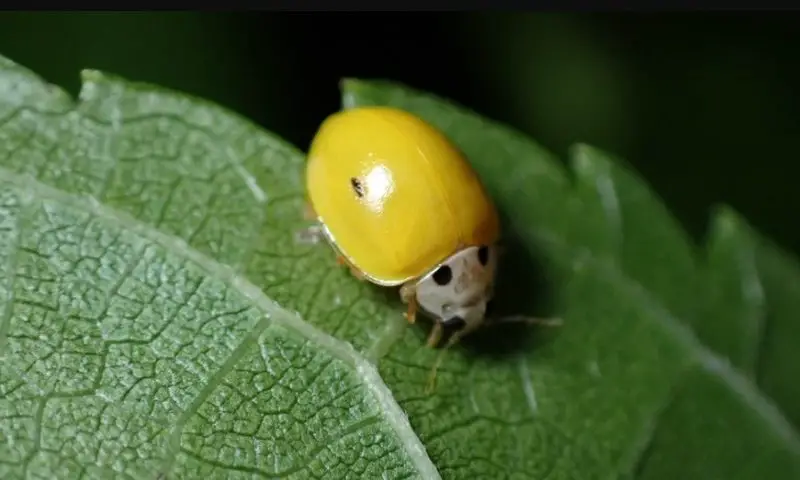
The Illeis confuse is a species of ladybug that is almost entirely yellow, with only a white pronotum featuring three black spots. It belongs to the Coccinellidae family and has a widespread distribution, being found in regions from the United States to New Zealand.
Unlike many ladybugs that feed on aphids or other small insects, Illeis confuse primarily eats mildew and plant leaves. This feeding habit makes it more similar to other mildew-eating ladybird species rather than predatory ladybugs.
Due to its global presence, Illeis confuse can be found in a variety of environments, particularly in areas with high humidity where mildew thrives. While it helps control mildew growth, its consumption of plant leaves can sometimes cause minor damage to vegetation.
Variegated Fungus-eating Lady Beetle
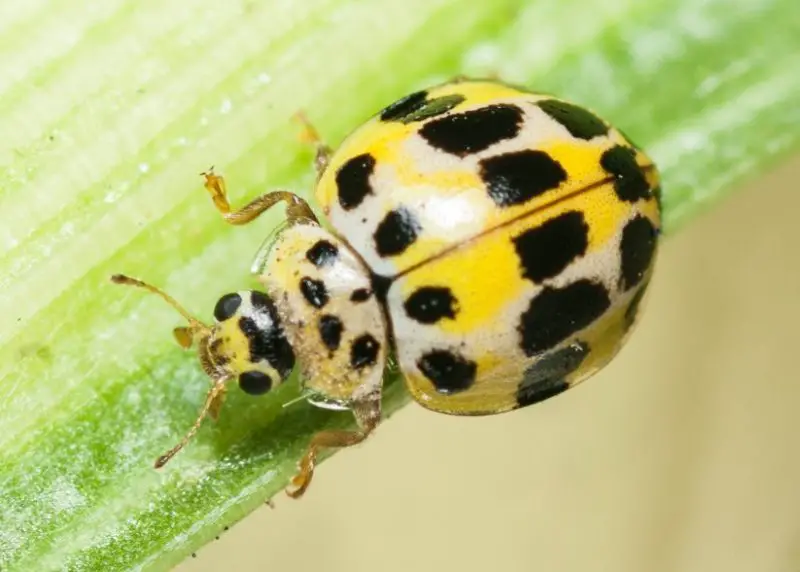
The Variegated Fungus-eating Lady Beetle (Psyllobora variegata) is a unique species that comes in two color variations: red and black or yellow and black. Despite these differences, both variations share a few small black spots on their bodies.
As its name suggests, this ladybug primarily feeds on fungus, particularly mildew found on plant leaves. This feeding habit makes it beneficial for controlling fungal growth in natural ecosystems and gardens.
Due to its distinct color patterns, the Variegated Fungus-eating Lady Beetle is often mistaken for other ladybug species. However, its diet and small black markings help distinguish it from predatory ladybugs that feed on aphids or other insects.
Black-bordered Orange
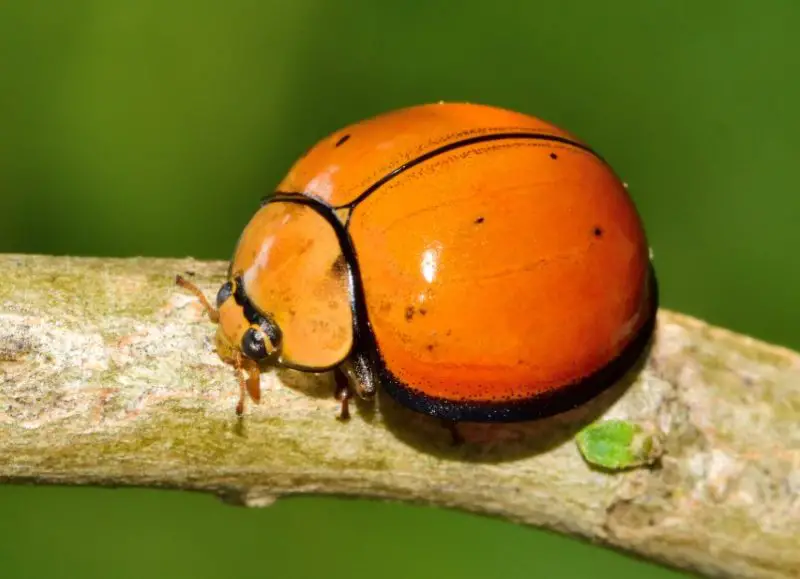
The Black-bordered Orange (Neda marginalis) is a striking ladybug species named after the Latin word for “border,” referring to the black outline around its body. Its color ranges from yellow to deep orange, with some individuals displaying amber tones near the tip of the abdomen.
The true color of this species can vary depending on its environment. This natural adaptation allows it to blend into different surroundings, helping with camouflage and protection from predators.
Unlike many ladybugs that are known for feeding on insects, the Black-bordered Orange primarily consumes mildew and other plant-based food sources. This makes it a helpful species for maintaining plant health by reducing fungal growth.
Megalocaria dilatata
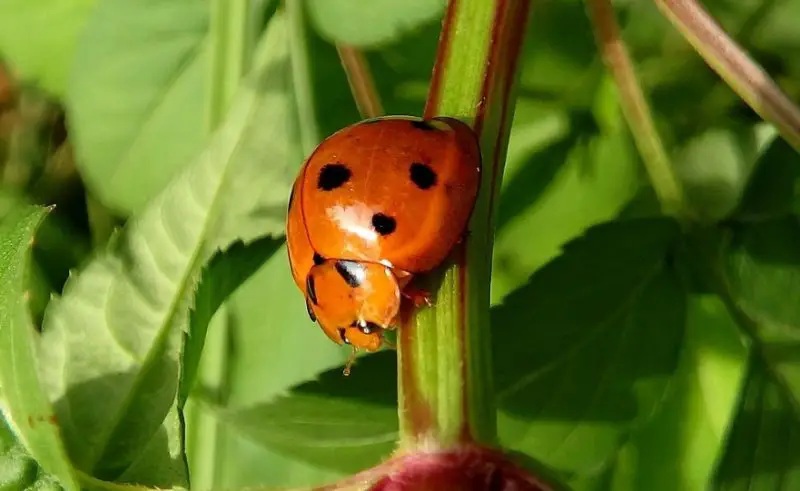
Megalocaria dilatata is one of the smallest yellow ladybugs found in North America, typically growing up to 2.8 mm in length, with most individuals measuring no more than 2.5 mm.
Its coloration is a yellow shade with an orange undertone, which remains consistent across all individuals of the species. Despite its small size, this ladybug has made a significant impact in certain regions.
Megalocaria dilatata is considered an invasive species in some parts of the world, particularly in sugarcane and bamboo crops. It has been observed causing damage to these plants, leading to concerns about its spread in agricultural areas.
Giant Bamboo Ladybird
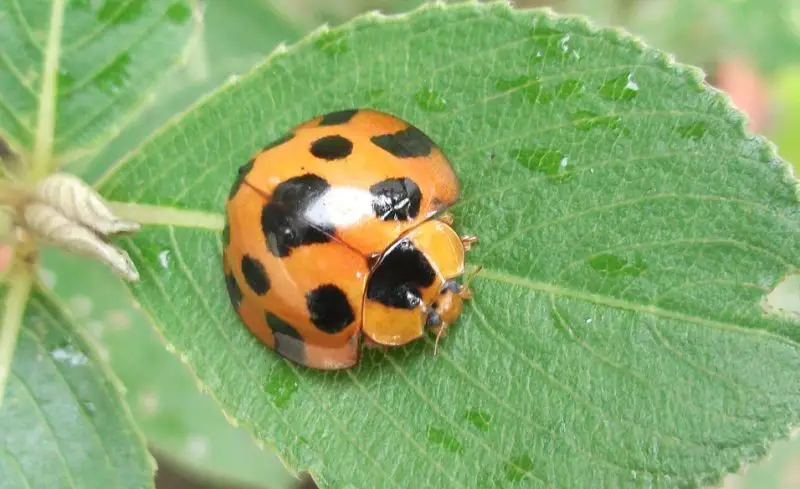
The Giant Bamboo Ladybird (Synonycha grandis) is a yellow or orange ladybug with black spots, commonly found in Asia and Oceania. It is known for its rapid reproductive cycle, with adults beginning to mate as early as their second day of life. They lay eggs on the underside of leaves, ensuring the survival of their offspring.
Males of this species are brighter and more vivid in color, with their yellow shades often compared to gold. This striking coloration makes them easily recognizable among other ladybug species.
As its name suggests, the Giant Bamboo Ladybird is closely associated with bamboo habitats. It plays an important role in these ecosystems, although its impact on bamboo crops is still being studied.
Yellow Ladybug Spiritual Meaning
Yellow ladybugs are often seen as symbols of happiness, positivity, and new beginnings. Unlike the more common red ladybugs, their bright yellow color is associated with warmth, energy, and enlightenment. In many cultures, spotting a yellow ladybug is considered a sign of good luck and transformation.
Spiritually, yellow ladybugs are believed to bring joy and creativity, encouraging people to embrace change and follow their true path. They are also linked to inner wisdom and clarity, reminding individuals to trust their intuition and make confident decisions.
If a yellow ladybug lands on you, some believe it signifies an upcoming period of personal growth and prosperity. Whether seen in nature or dreams, yellow ladybugs are a positive omen, symbolizing hope, renewal, and spiritual guidance.

